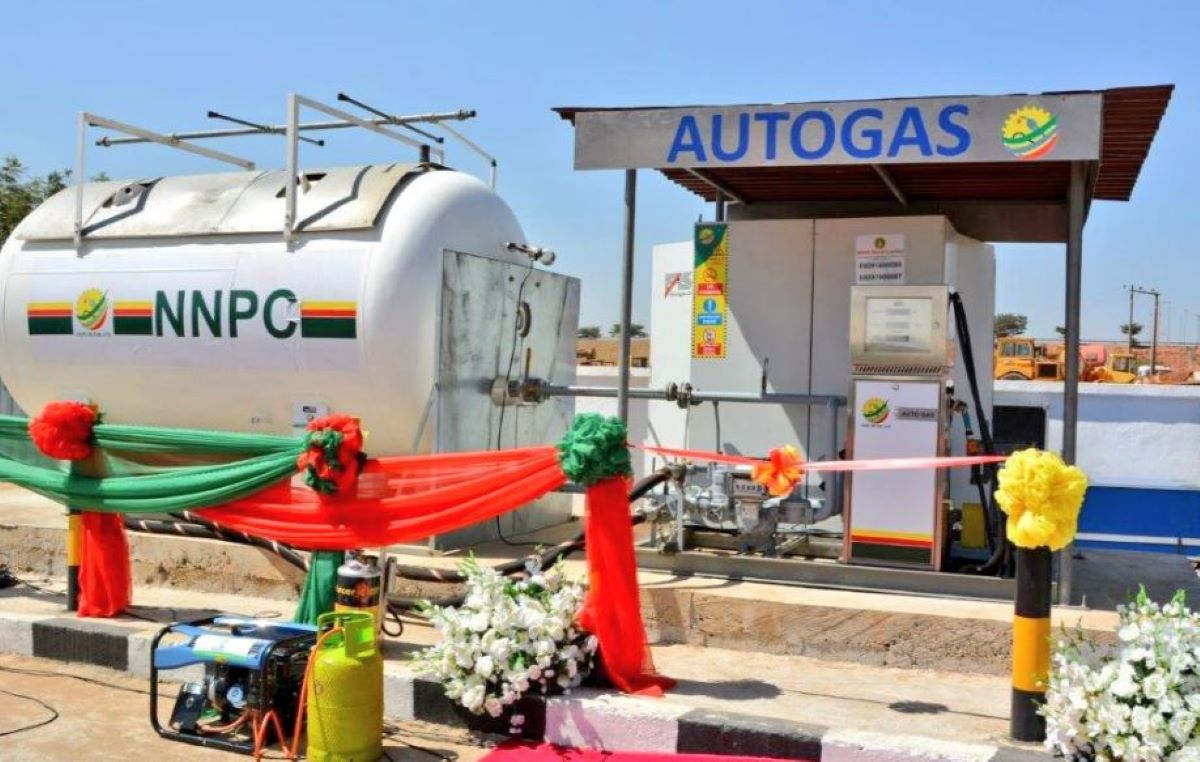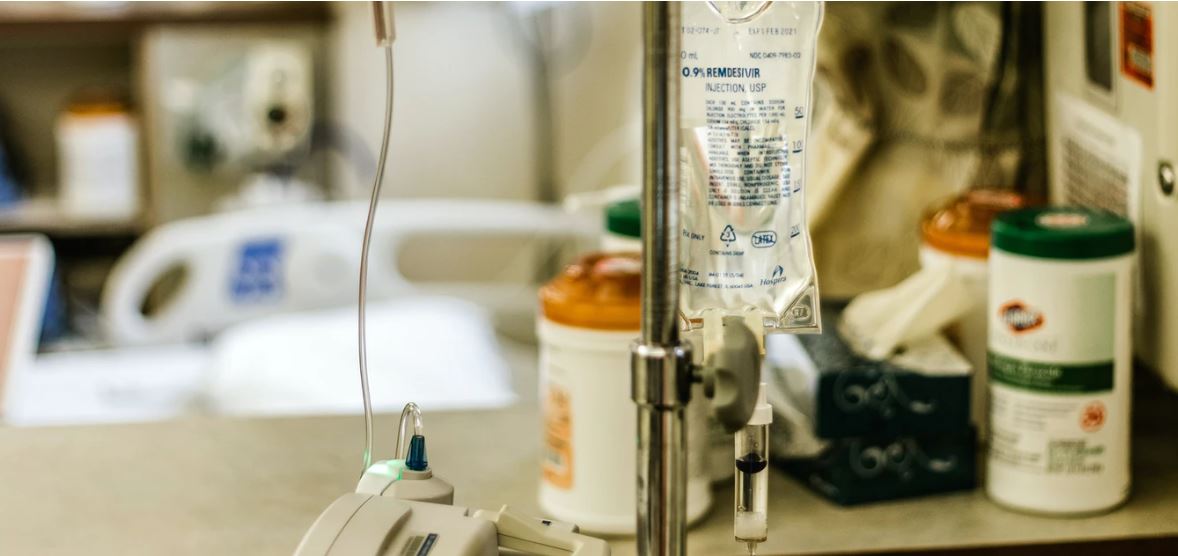The results of a COVID-19 Household Seroprevalence survey in September and October 2020 which the Nigeria Centre for Disease Control (NCDC) released shows that a large number of people could have been infected without knowing.
The NCDC recently shared the findings of the survey performed alongside the Nigeria Institute for Medical Research (NIMR) and other partners.
Over 10,000 individuals in households around Lagos, Enugu, Nasarawa and Gombe State gave blood samples to the team.
According to the survey findings, “the prevalence of SARS-CoV-2 antibodies was 23% in Lagos and Enugu States, 19% in Nasarawa State, and 9% in Gombe State”.
- AstraZeneca COVID-19 vaccine approved for use in Nigeria – NAFDAC
- FG Ignores Risk Of Identity Theft, Shares Passport Numbers For COVID-19 Test In Nigeria
This is an indication that at least one in five persons in three states – Lagos, Enugu and Nasarawa – would have ever been infected with COVID-19. For Gombe, the proportion is about 1 in 10 the calculation shows.
These rates are higher than those reported through the national surveillance system and so is the spread in the states surveyed. This further proves that several people in Nigeria could have COVID-19.
People who fall within this number range are the asymptomatic COVID-19 cases. The study is proof that there is a high proportion of such cases in Nigeria.
Presumably, several individuals who had the infection early in the outbreak could no longer have sufficient antibodies for detection during the survey.
Hence, the true seroprevalence of ever having infection may also have been underestimated in the survey.
- Face masks in Nigeria will prevent COVID-19 but must be used properly
- Many have COVID-19 without symptoms
Asymptomatic COVID-19 cases in Nigeria
The COVID-19 antibody test detects a response either according to the severity of the infection or the duration of persistence. But there is still much to lear about COVID-19 antibody response the team noted in the results.
The NCDC and NIMR designed the survey to improve the estimate of the burden of COVID-19 infection in the country. More so, to provide a more detailed estimate of the extent of COVID-19 infection.




